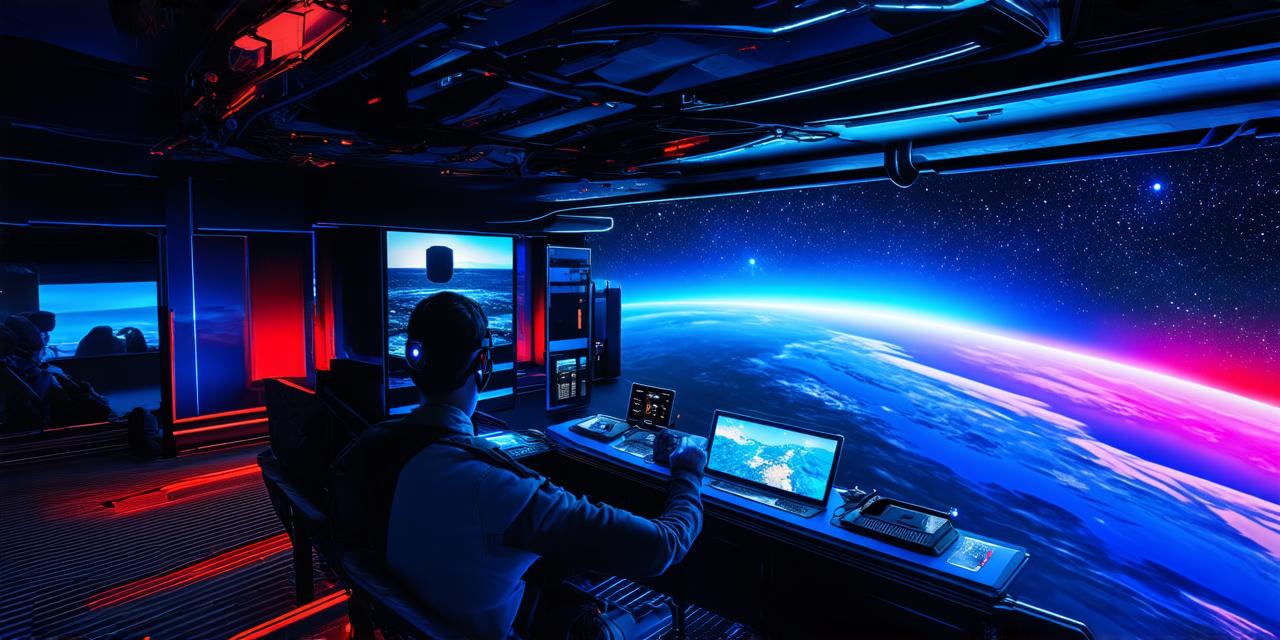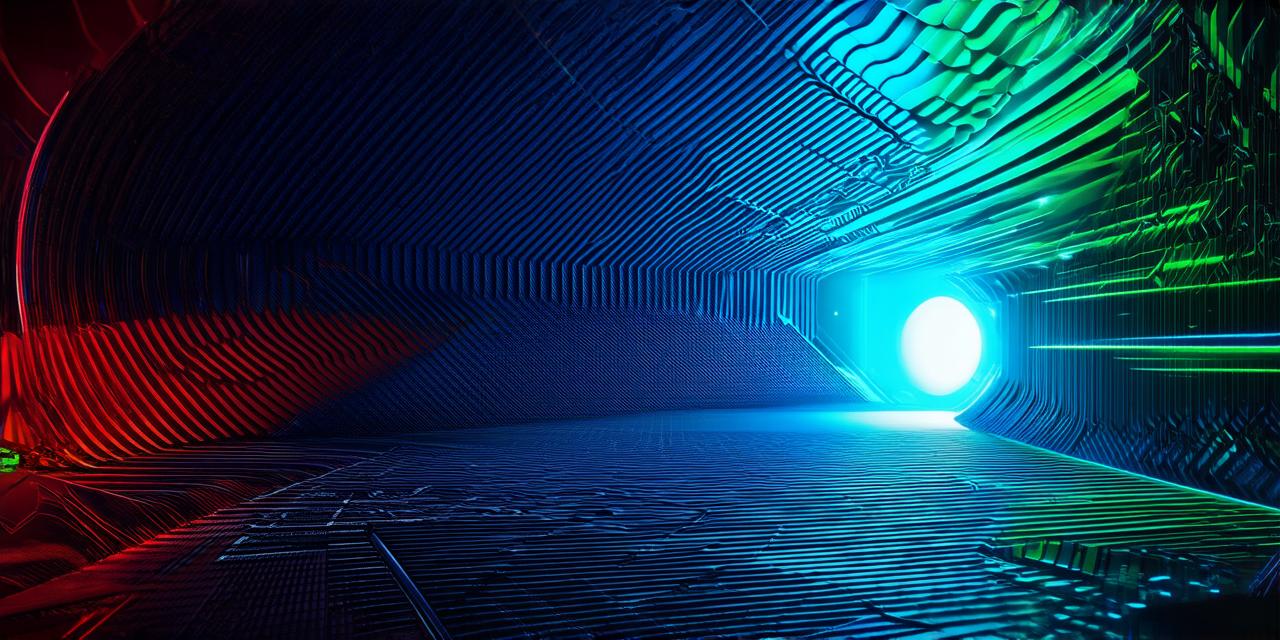What is Augmented Reality?
Augmented reality is a technology that enhances the user’s real-world environment with digital information. It superimposes virtual objects and images onto the real world using sensors, cameras, and other devices. The goal of AR is to create an interactive experience where the virtual content is seamlessly integrated into the physical world.
Some examples of AR include:
- Virtual try-on: Users can see how clothes or makeup would look on them before buying or applying it.
- Gaming: Games that use AR can bring digital elements into the real world, allowing players to interact with virtual objects in a more immersive way.
- Educational tools: AR can be used to create educational content that is engaging and interactive, such as virtual field trips or anatomy lessons.
What is Mixed Reality?
Mixed reality, on the other hand, combines real-world environments with virtual environments in a seamless way. It allows users to interact with both physical and digital objects simultaneously, creating a more immersive experience than AR. MR uses advanced sensors and tracking systems to create a more realistic representation of the user’s environment, allowing them to feel like they are truly in a different world.
Some examples of MR include:
- Virtual training: MR can be used for training purposes, such as simulating real-world scenarios in a safe environment.
- Design and architecture: MR can be used by architects and designers to visualize their creations in a more realistic way.
- Medical procedures: MR can be used during medical procedures to help doctors visualize and plan the surgery in a more precise manner.
Differences Between AR and MR
While both AR and MR technologies enhance the user’s real-world environment with digital information, there are several key differences between them.
-
Level of Immersivity: MR is generally more immersive than AR because it creates a more realistic representation of the user’s environment. This allows users to feel like they are truly in a different world. AR, on the other hand, superimposes virtual objects onto the real world, creating an interactive experience but not necessarily one that feels completely immersive.
-
Realism: MR is generally more realistic than AR because it uses advanced sensors and tracking systems to create a more accurate representation of the user’s environment. This allows users to interact with physical and digital objects in a more natural way. AR, on the other hand, may not always accurately represent the real world, especially when dealing with complex or dynamic environments.
-
Interactivity: Both AR and MR are interactive technologies, but they differ in how they interact with the user. AR typically uses sensors and cameras to track the user’s movements and superimpose virtual objects onto the real world. This can be limited by the accuracy of the tracking systems and may not always create a seamless interaction between the user and the virtual content. MR, on the other hand, typically uses more advanced tracking systems that allow for more precise interactions between the user and the virtual content.
-
Applications: AR and MR have different applications depending on their level of immersion and realism. AR is best suited for interactive experiences such as gaming or educational tools. MR, on the other hand, is better suited for training purposes or design and architecture applications where a more realistic representation of the user’s environment is needed.
Summary
In conclusion, while both AR and MR technologies have the potential to revolutionize the way we interact with digital content and each other, they are distinct from one another.



